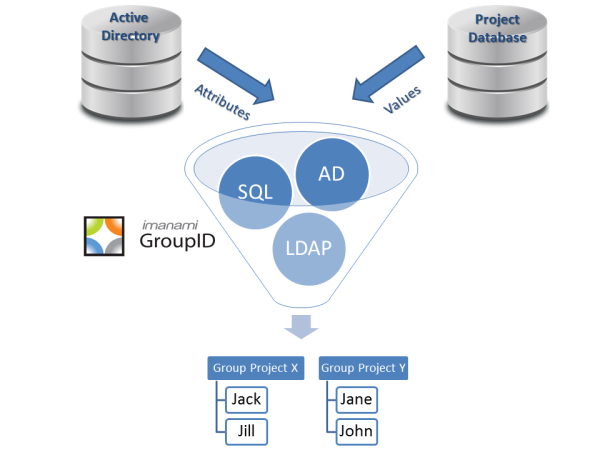When I first heard this use case I thought the customer was crazy. They were using an Exchange dynamic distribution list to troubleshoot Active Directory. Sort of an early warning that their data in Active Directory was going awry. It seemed to me that these groups were for email and that there were tools out there to report on Active Directory.
 But then they went into more detail on their checkout procedures. They used the dynamic distribution lists (we call them SmartGroups) for legitimate business purposes but they were also utilizing one additional feature that we offer to add a bit more value. They set something called the out of bounds feature that would notify them if any group changed its membership by over a certain threshold. If the out of bounds was triggered, they would receive an error and they elected not to update the group.
But then they went into more detail on their checkout procedures. They used the dynamic distribution lists (we call them SmartGroups) for legitimate business purposes but they were also utilizing one additional feature that we offer to add a bit more value. They set something called the out of bounds feature that would notify them if any group changed its membership by over a certain threshold. If the out of bounds was triggered, they would receive an error and they elected not to update the group.
As part of the checkout, they would investigate to see if the group should have actually changed that much (a big hiring frenzy in the kitchen staff for example) and if it was supposed to, they would simply re-run that one dynamic Exchange distribution list. If there was no legitimate reason for Active Directory to change that much, they would have an early warning that there was some problem in the data in Active Directory.
It almost made *too* much sense; such a simple solution to something that they needed. They were running the queries anyway why not get a little additional value out of your Exchange dynamic distribution lists?
To see a short demo of how dynamic groups work with GroupID Automate, check out this chalktalk on YouTube. Or schedule a personalized demo with our crack staff of technical consultants.
Jonathan Blackwell
View ProfileSince 2012, Jonathan Blackwell, an engineer and innovator, has provided engineering leadership that has put GroupID at the forefront of group and user management for Active Directory and Azure AD environments. His experience in development, marketing, and sales allows Jonathan to fully understand the Identity market and how buyers think.


